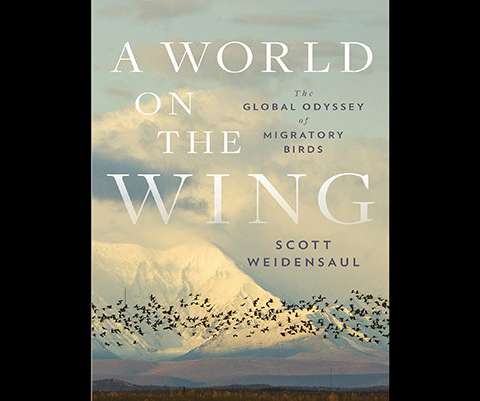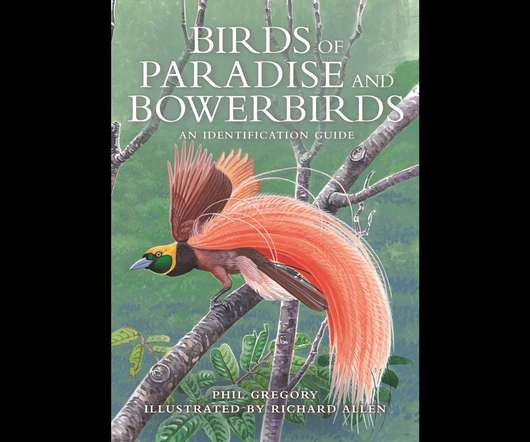What the rings reveal
10,000 Birds
MARCH 1, 2024
Then it’s a matter of doing a little research on the internet to find who rang the bird you saw, and then emailing the details of your sighting. Once again I did my internet research and managed to contact the person who had ringed the gull. However, I doubt if it will be returning to Northern Europe this spring.












Let's personalize your content